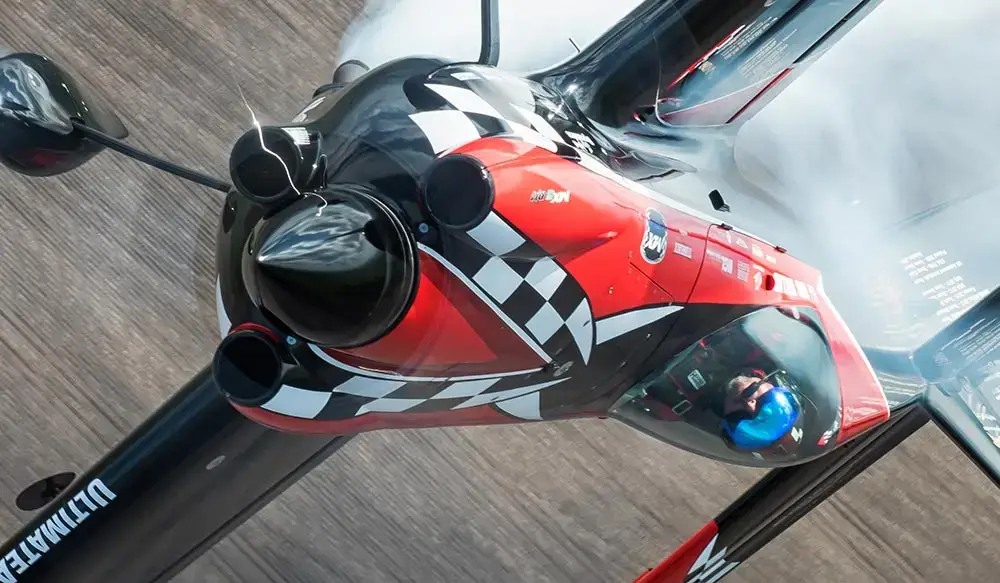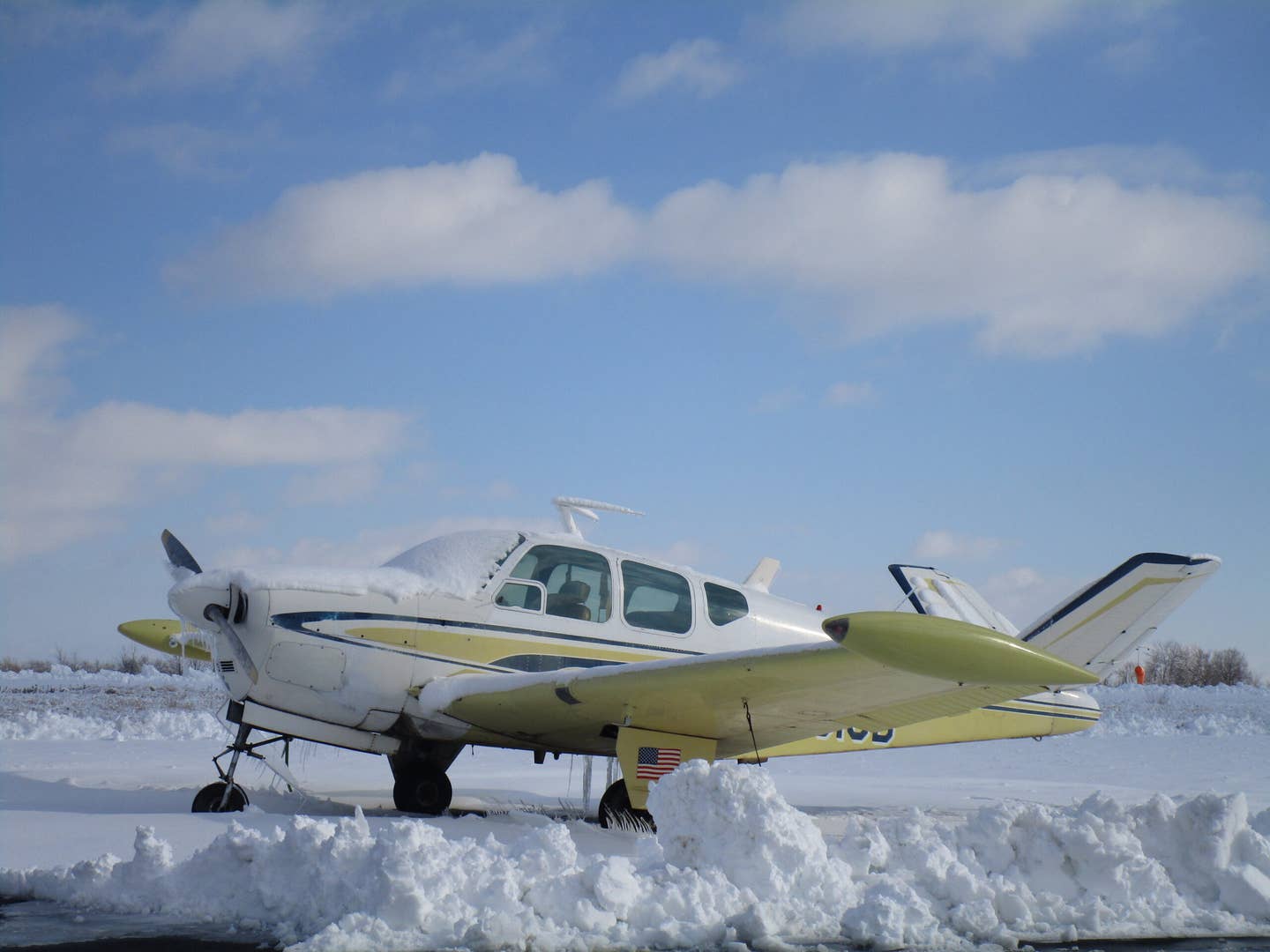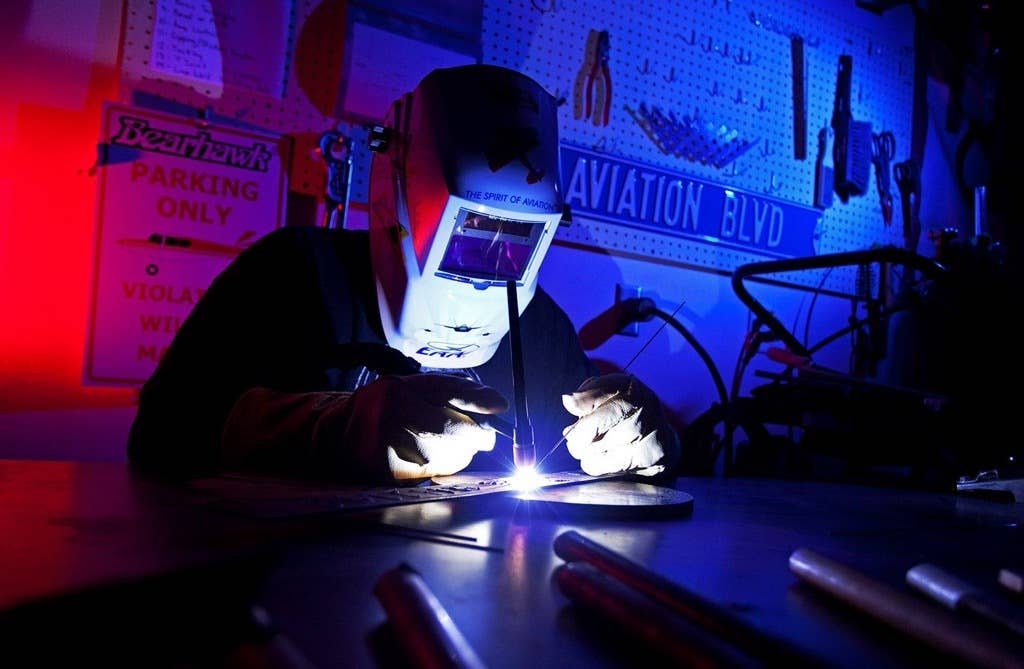Five Pilots That Reached Aviation Immortality
The road to glory looks profoundly different for each aviator who arrives there. Here are five stories of people who profoundly influenced flying’s future.
We've all seen lists of the greatest pilots ever. These compilations can be problematic. Not that I disagree with the pilots they tend to point to as great; far from it. It's just that the very question---"What makes a pilot great?"--- is a hard (perhaps impossible) one to answer. Is it flying skill, and if so, how is that measured? Or is it achievement, and how is that tabulated? Hours in the air? Kills? Grace under pressure? There's no easy answer, and even if one sprang to mind, there'd be no way to test it.
Truth is, there have been many thousands of great pilots. But famous pilots? That's a whole different conversation. As I pondered the subject of just how a pilot translates greatness into fame, the answer came to me. The process is different for each one, and that process reveals important details about that pilot's character! and about ours, too.
Here are the stories of five important aviators and how those stories became known.
Bessie Coleman
There's something deeply inspirational about people who don't step into success from the top rung of the ladder but who start from a position that everyone, or just about everyone, tells them is hopeless. For Coleman, the odds were beyond stacked. Born in Texas in 1892, Coleman grew up in a family of sharecroppers. Her family---her father was Black and Native American (Cherokee), and her mother was Black---was desperately poor, and life was hard for Coleman and her 12 siblings, four of whom died in childhood. She worked picking cotton as a youth and went to a small rural school when she could and showed great promise, earning entry into a small college. Despite desperate circumstances, Coleman's dreams were lofty, literally so. But as fate would have it, it was hard to become a pilot if you were a woman and darn near impossible if you were a Black woman. So, Coleman, with financial assistance from a successful African American Chicago-based publisher, went to France to learn to fly, and did she ever learn.
When Coleman earned her International pilot's certificate in June of 1921, she became the first Black woman in the world to get her license, as well as the first Native American, man or woman, to do so.
Upon returning to the States, Coleman became a celebrity and soon began flying airshows. Her career was short but brilliant; after performing for many years without incident, she perished in an accident in April of 1926, falling to her death from an estimated 2,000 feet after the plane she was a passenger in went out of control. There was no seatbelt, and Coleman was not wearing a parachute.
Coleman's life arc was meteoric, and her death was tragic. But her fame spread far beyond aviation, and in the 95-plus years since her loss, her memory and example have served as inspiration to countless people---especially those who are discriminated against and who face huge obstacles. The lesson of her life is to fight and never give up hope.
Bessie Coleman's death wasn't widely reported on in mainstream American media. It was the Black-owned and Black-run media that reported on it and often kept her legacy alive until recent years, when the importance of her work became widely understood. She was enshrined in the National Aviation Hall of Fame in 2006, 80 years after her tragic passing.
Charles Lindbergh
The first person to fly solo and nonstop across the Atlantic was many things---a pilot first and foremost, I'd argue, but running a close second was his skill as a promoter. Charles Lindbergh became famous as an aviator because he wanted fame, and he took the big risk. It paid off. It's seldom in history that a planned achievement, in this case, the crossing by plane of the Atlantic Ocean, hits the perfect note at just the right moment. But like Thomas Edison and Alexander Graham Bell before him, both of whom captured the popular imagination with the promise of world-changing technology, Lindbergh's solo crossing of the Atlantic was likewise magical. A decade after the War to End All Wars, and a decade before the world war that came next, Lindbergh's message was one of hope and progress. The world, Lindy seemed to prove, could be made so much smaller.
Aviation could be an enabling technology toward a closer, more interdependent and progressive planet. Of course, the opposite wound up happening. Before long, aviation became the centerpiece of bigger, faster and crueler wars, as the Luftwaffe rained hellfire over Europe and beyond. But for a glorious and too-short period of time, Lindbergh's trans-navigation of a vast ocean resonated and turned people's eyes skyward. And, no, it didn't hurt that there were magazine articles by the hundreds, feature films and books about Lucky Lindy and his death-defying air voyage. But in the end, it was the event that drove the fame and not the other way around.
Ultimately, the aviator's legacy was complex, with dubious associations politically and revelations after his death of bigamy---he fathered at least seven children with women in Germany outside of his marriage to Anne Morrow Lindbergh. But the fact remains: Lindbergh's Atlantic crossing inspired a generation of aviators and aviators to come so powerfully that we are still seeing the positive ripples of that flight today, 95 years later.
Amelia Earhart
Amelia Earhart is arguably the most compelling figure in the history of aviation, and only a part of that is because she died young or, rather, she disappeared. James Dean and Sam Cooke left us too soon, but Amelia vanished, leaving us with great sadness and, in some cases, the faint hope that she might still be out there somewhere.
Earhart famously went missing after failing to find her next fuel stop, tiny Howland Island, in the remote and vast Pacific while on an attempt to circumnavigate the globe. The most likely theory---and the only one with credible proof---is that she and her navigator, Fred Noonan, crash-landed in the Pacific after running out of fuel, dying in or shortly after the crash. The most extensive search in American history failed to turn up a single clue, and some searchers continue today to look for the wreckage of her plane.
Earhart's aviation career was a string of brilliant successes until her demise. She held dozens of aviation records, including some of the most remarkable in flying history. She was the first woman (and the second person) to fly solo across the Atlantic; she was the first person to fly solo from Hawaii to California, and she established many other point-to-point firsts. Apart from that, she was an author, a lecturer, a magazine editor, a clothing designer and a leader in the women's movement of the day, while working diligently to establish an identity in the media that underscored the capability of women to succeed in fields previously closed to them.
Even before her tragic disappearance, Earhart had achieved great fame, partly through her ability to use media to promote her brand but even more so because of her remarkable abilities and achievements, and her name and story continue to inspire aviators around the world.
Chuck Yeager
When people learn about Chuck Yeager, many folks assume that when he became the first person to fly faster than the speed of sound, in October of 1947 in the high desert of southern California, the presses worldwide must have been stopped. Ticker-tape parades and speaking tours surely followed. But nothing of the sort happened. Instead, he continued in relative anonymity at Muroc Dry Lake among the Joshua trees and X-planes. Fame would come a bit later, when the next year, he was feted and awarded the prestigious Collier Trophy.
But in aviation circles, Yeager was a big deal even before busting the sound barrier. Despite possessing only a high school diploma, he was able to trade in his Air Corps wrenches for a leather jacket and went to fly in battle in Europe. He became an ace while piloting a P-51 Mustang, Glamorous Glen, named after his wife, recording 11.5 kills, including a rare shootdown of a jet, the Messerschmitt Me 262.
After the war, Yeager's skills as a pilot and leader were well known, so his choice to fly the Bell XS-1 in the trials was not a big surprise. But because of the secrecy surrounding the program, it was around eight months before the news of the first Mach 1 flight came to light. Yeager, ever the fierce competitor, continued to fly faster, to command squadrons and fly in combat up through Vietnam. The fame wasn't what he wanted. It was what he got for his achievements, especially that one, and it was pushing himself and proving himself that mattered to him more than anything. A big part of Yeager's fame was that very quality, an intensity of purpose and self-belief that predated that first supersonic flight by many years and stayed with him for the rest of his years until he died in 2020.
Bob Hoover
If there was a single, seismic event that propelled Chuck Yeager to fame, for Robert A. Hoover, universally known as "Bob," there were a thousand small tremors. As Yeager's backup and the number two option to go supersonic, Hoover was on the doorstep to Yeager-like fame, but that's not the way it went down.
As was made famous in the book and film "The Right Stuff," Yeager gutted it out, compensating for injuries sustained in a horseback riding accident shortly before his famous flight, and so fame was a given. Hoover, who died in 2016, almost certainly would have made a better spokesperson for all things supersonic---he was one of the best storytellers I've ever met---but instead, his path to fame, if you can call it that, followed very different terrain. And while Hoover is a near-deity to pilots, he's not well known outside of aviation. Which apparently was just fine with Bob.
As a young man, Hoover went to war, like Yeager did, flying fighters against the Luftwaffe. Unlike Yeager, whom fate would yoke to Hoover for the rest of his life, the young Hoover got shot down while flying a Spitfire over Sicily. He was captured and held by the Germans as a POW for 16 months. When a riot broke out, Hoover climbed a fence, along with two other American soldiers, and took off, eventually finding an airport and an unattended German fighter, a Focke- Wulf Fw 190 with enough fuel to make it to Holland, where he landed after seeing tulips and windmills. After a few tense hours facing off with Dutch farmers, who assumed he was a downed German pilot, he was rescued by British troops.
After the war, he was sent to Muroc, California, where he met Yeager and became his crew chief and backup. Hoover flew chase on the October day in 1947 that Yeager moved the Mach meter for the first time into supersonic territory.
Whereas Yeager became a career military man, Hoover left the service in 1948 and worked in what we now refer to as the defense industry. He test-flew aircraft and mentored fighter pilots in Korea, where, despite his civilian status, he flew numerous bombing missions.
But what pushed him to fame was his airshow flying career. From the early 1960s into the 1990s, Hoover flew at many hundreds of airshow events in one of two planes, his bright yellow P-51 dubbed "Ole Yeller" or his Shrike Commander, a twin-engine civilian plane that he for many years demonstrated for the manufacturer, North American Rockwell.
His airshow routine was world famous---again, among aviation types. In the Shrike, Hoover would shut down one of the engines and fly much of the series single engine, a challenging and risky configuration, though apparently not for Bob. When he was tired of flying advanced aerobatic maneuvers on one engine, Hoover would shut down the one working engine and proceed to fly a series of maneuvers using only the energy the impromptu glider already had, culminating in a silky-smooth landing with both engines shut down.
In his later years, Hoover became a folk hero in aviation after the FAA revoked his medical certificate over the agency's concern for Hoover's competence to fly. It was a move the FAA miscalculated, as the aviation world rallied behind Bob. Before long, it was his revocation that got revoked, and Hoover flew airshows for many years afterward, delighting hundreds of thousands of airshow goers with performances that never dulled with time. Hoover, who died in 2016, remains an inspirational figure in the aviation world, not for any singular achievement but, rather, for a life's work in the air conducted with grace, humor and humility, always underscored by his great skill as a pilot.

Subscribe to Our Newsletter
Get the latest Plane & Pilot Magazine stories delivered directly to your inbox






